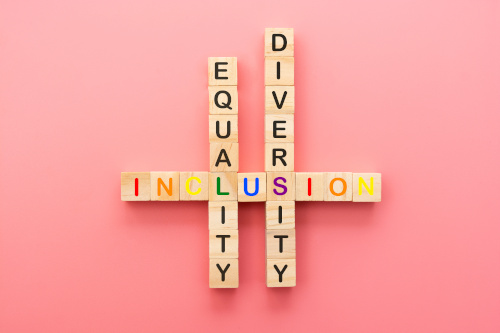Whereas the results of COVID-19 could have diminished for a lot of because of widespread vaccine- and infection-induced immunity, the pandemic continues to have a major systemwide influence and exacerbate social gaps. College students nonetheless expertise elevated ranges of pandemic-prompted emotional trauma, nervousness, isolation, and psychological misery attributable to schedule interruptions, distant studying, the deaths of household and pals, inequitable entry to well being care, and job insecurity.
All through historical past, the underprivileged, oppressed, and marginalized communities are sometimes probably the most severely impacted, as our societal infrastructures and programs have proven. Those that are marginalized, and in some instances intentionally oppressed, typically should navigate unjust and inequitable insurance policies. This downside defines so lots of our programs, and in an academic setting it’s compounded by the strain to study, get good grades, keep away from self-discipline, and graduate.
The dire ramifications of the pandemic and its impact on our younger learners is tantamount. Studying loss is at an all-time excessive, and most college students, particularly these whose households can’t afford small-group or non-public tutoring, are behind academically. All of us keep in mind being in class: it’s not simply grades and assessments; it’s your social life, it’s the place you see your folks, and it’s the place you higher perceive your identification and your function in society. Being in class offers so many necessary identity-forging, character-building and developmentally important alternatives. As we speak colleges, with heightened concentrate on psychological well being and self-care, present a secure place for youth to be weak and speak brazenly about what they’re feeling.
In keeping with the Middle for Illness Management and Prevention (CDC), “37 p.c of highschool college students reported experiencing poor psychological well being through the COVID-19 pandemic, and 44 p.c reported persistently feeling unhappy or hopeless [during 2021].” Information collected previous to the COVID-19 outbreak additionally indicated that psychological well being, together with despair, nervousness, and suicidal ideation, was getting worse amongst highschool college students.
Youth who recognized as LGBTQIA+, feminine, and BIPOC reported larger ranges of poor psychological well being and tried suicide than their friends. The CDC stories that “virtually half of lesbian, homosexual, or bisexual college students and almost one-third of scholars who aren’t certain of their sexual identification reported having critically thought-about suicide – way over heterosexual college students,” and “the variety of Black college students who reported making an attempt suicide in 2019 rose by virtually 50 p.c.”
Associated:
How you can create inclusive studying environments with UDL
Designing honest and inclusive assessments for non-native audio system

